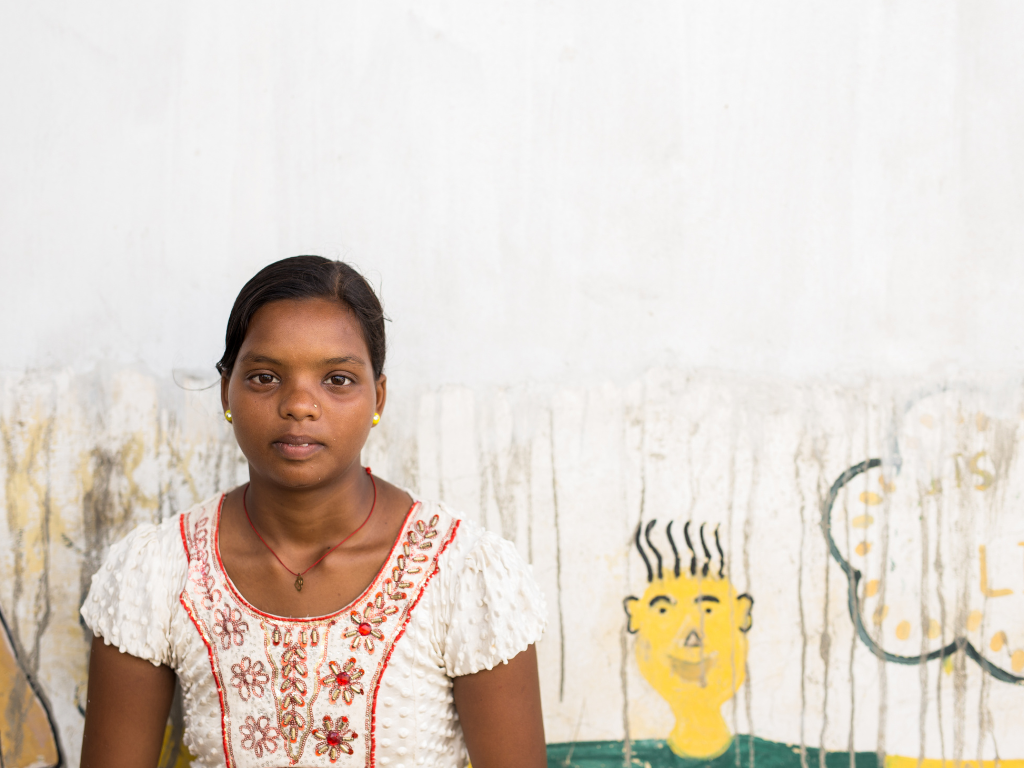This post was written by Milaan’s Co-Founder, Sharadindu Goswami, as an overview of the prominent barrier to education for adolescent girls: Finances.
Of late, I have come across several remarks along the lines of ‘Now that education for 6-14-year-olds is free, there is no financial reason for parents not to send their daughters to school.’ On the face of it, it instinctively feels right – after all, primary schooling today can be a substantial financial burden.
There are, however, matters of perception unique to rural India, perhaps not instantly apparent. The most significant of these is the perceived opportunity cost of educating girls as compared to household chores.
With chores, parents see direct financial benefits such as feeding the cows, which means money from the milk, or harvesting leads to income from selling the produce. With education, this kind of direct financial benefit is much harder to see. Having gotten along just fine without an extensive education themselves, parents are unable to visualise the long-term value of educating a girl. Especially when they factor in the cost of her marriage, together with the fact that once married, she brings no financial gains to the family.
Another perception parents in rural societies have to deal with is that when considering marriage proposals, the more educated the girl is, the more educated the boy needs to be. The more educated the boy is, the higher the dowry. This unfortunate circumstance means that parents consider holding back a girl’s education to be in the best financial interest of the family.
There are also hidden opportunity costs in terms of copies and pens/pencils even though the school may be providing books. Travelling to and from school when it is further away can also be a cost, in terms of investment in either a bicycle or fare for daily commuting. In rural communities, girls’ education is not only a matter of simple economics. The real battle is changing this fundamental mindset that leads to the perception of educating a girl being an investment with no returns. Winning this battle would be a huge step towards universal education in India. Conversely, not focusing on this critical aspect will hamper any steps to educate girls, no matter how much money is thrown at the problem.
Author: Sharadindu Goswami, Co-Founder and General Secretary, Milaan Foundation
To engage further on addressing and dismantling barriers to adolescent girls’ education with our #CelebrateGirls Campaign, contact info@milaan.in or lend your voice to the conversation using the hashtag #CelebrateGirls or during our tweetchat (@SupportMilaan) on 15 October at 1 pm IST. The image above was taken by a Milaan school student.



